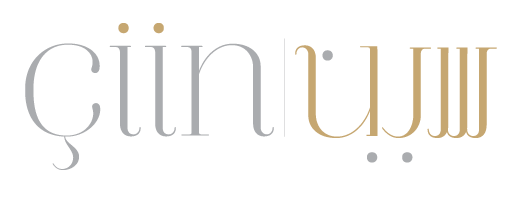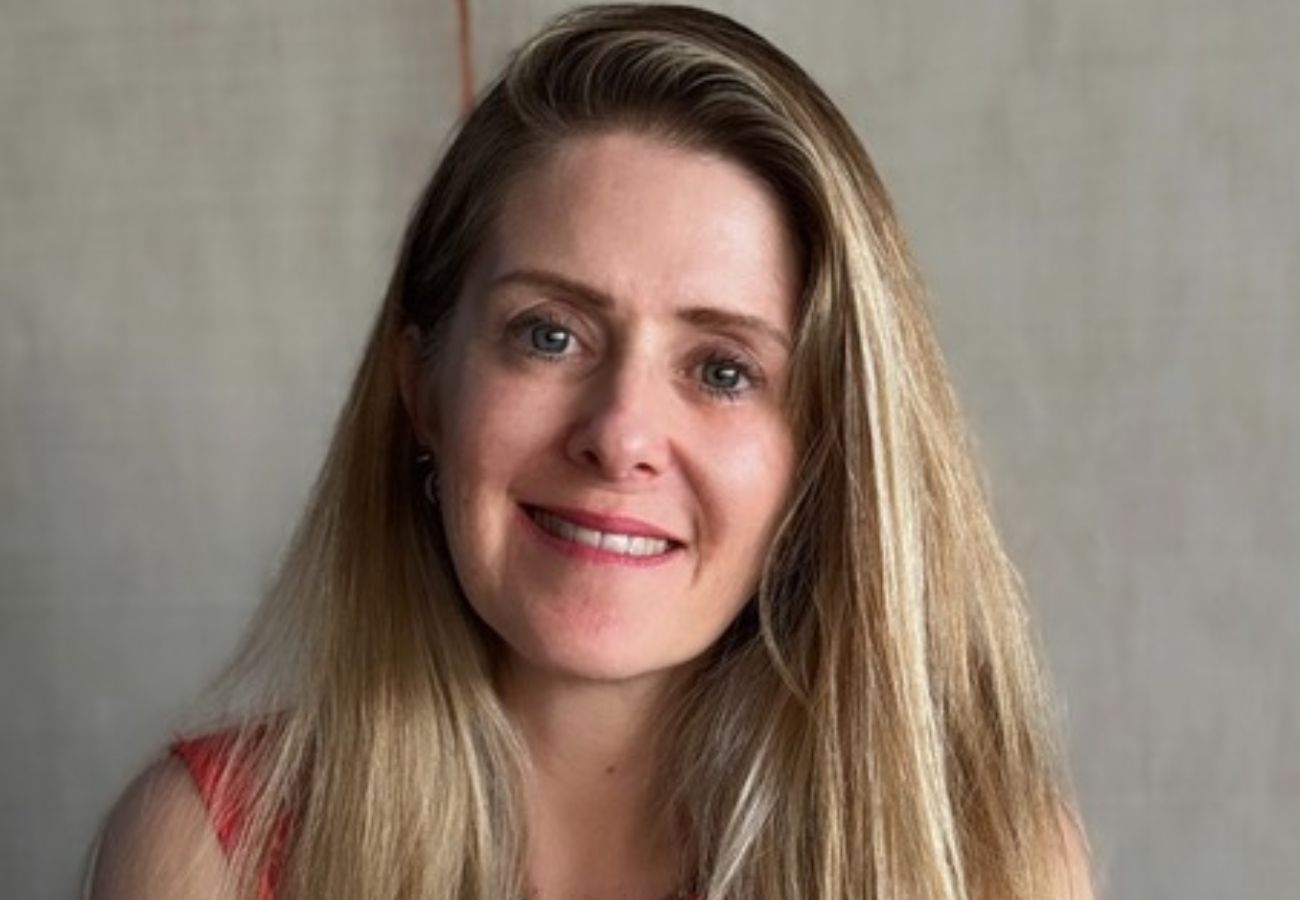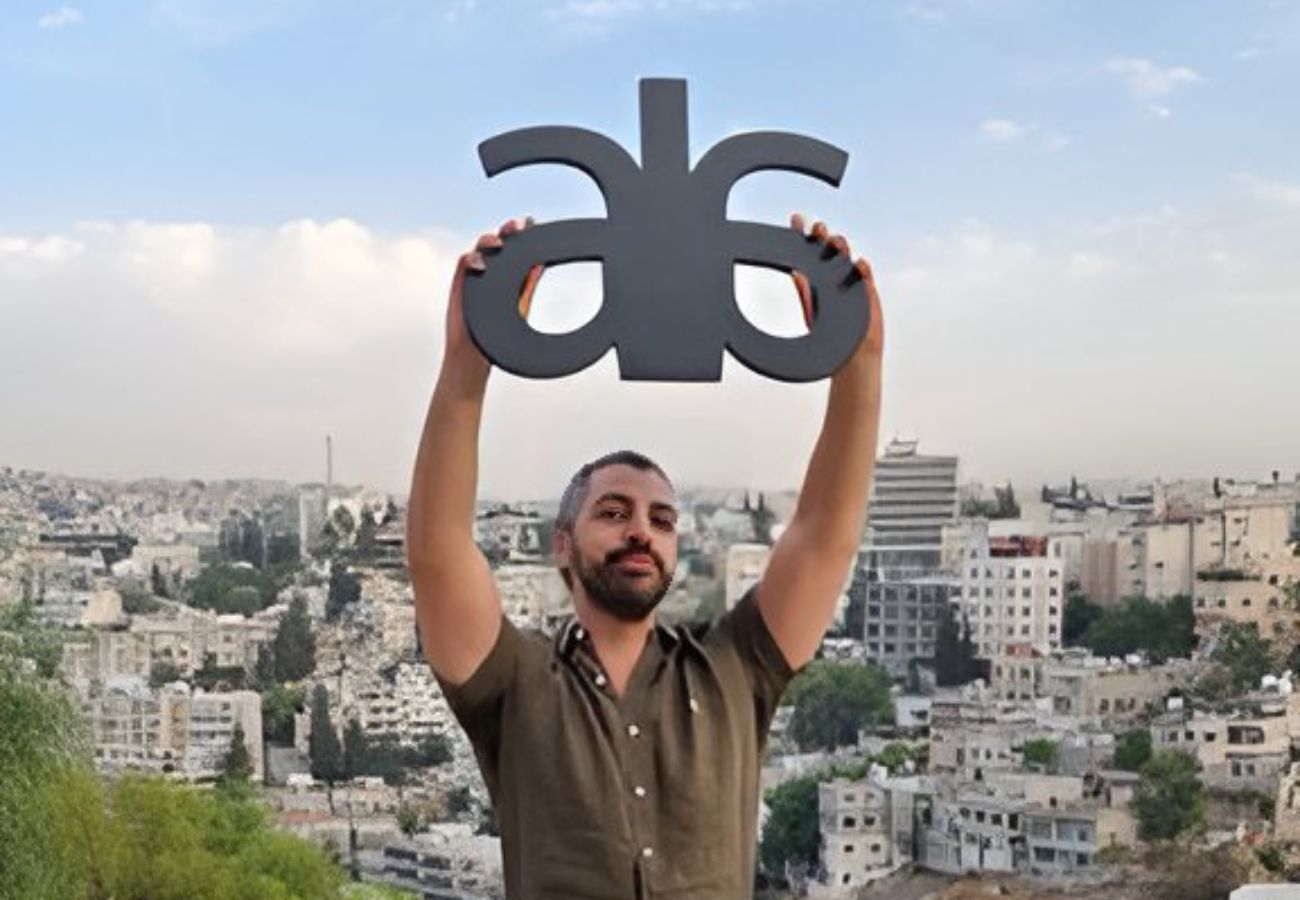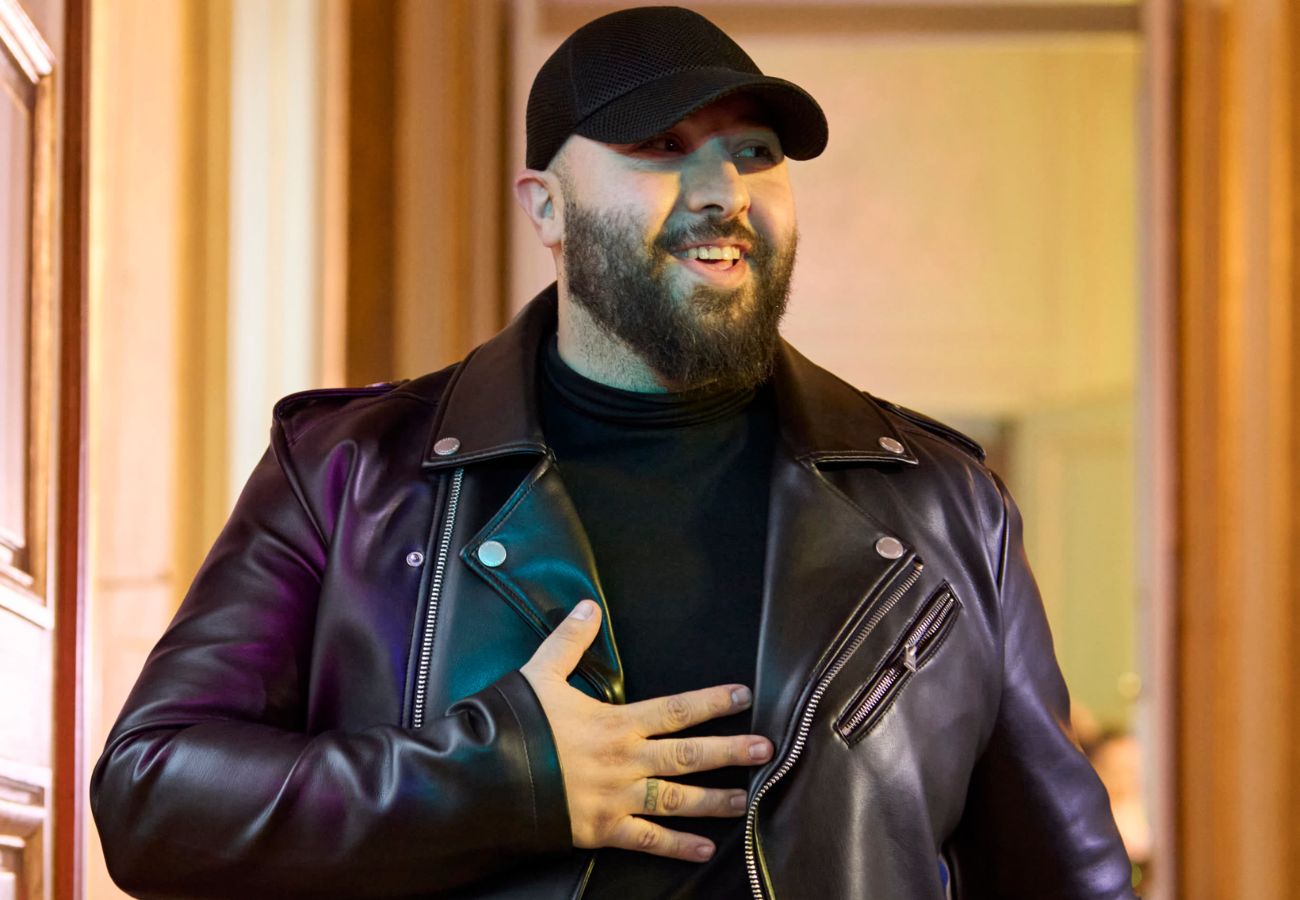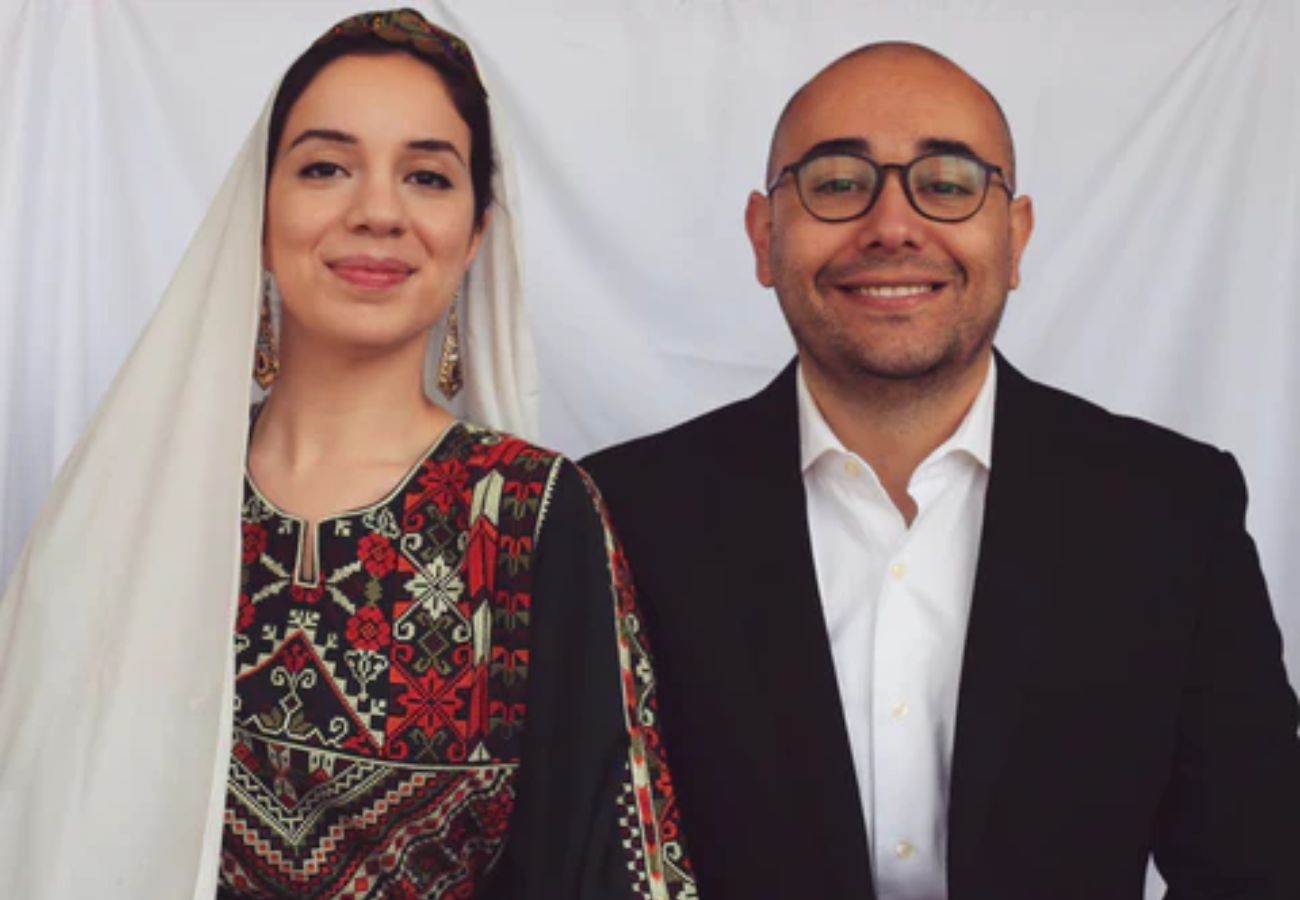
Threading Heritage || Decolonizing Fashion with Palestinian Thobes
There has always been a symbiotic relationship between fashion and culture. Fashion forms powerful narratives that express heritage and identity. Today, we will explore a Palestinian brand Deerah whose mission is to “Decolonize Fashion one Thobe at a time.”
Founders Sara Jayyusi and Omarr Daylaq embarked on a journey to challenge the conventional norms of fashion, aiming to restore the dignity and richness of traditional clothing that was historically marginalized and devalued by colonial perspectives. By collaborating with Palestinian refugees, particularly women skilled in embroidery, the initiative seeks to empower these artisans economically while revitalizing the essence of Palestinian heritage through their craftsmanship.
Join CIIN as we explore the profound journey of reclaiming identity and empowerment through the threads of tradition.
Can you explain what you mean by “Decolonizing Fashion one Thobe at a time?” And how does it relate to the thobes made by Palestinian refugees in Jordan?
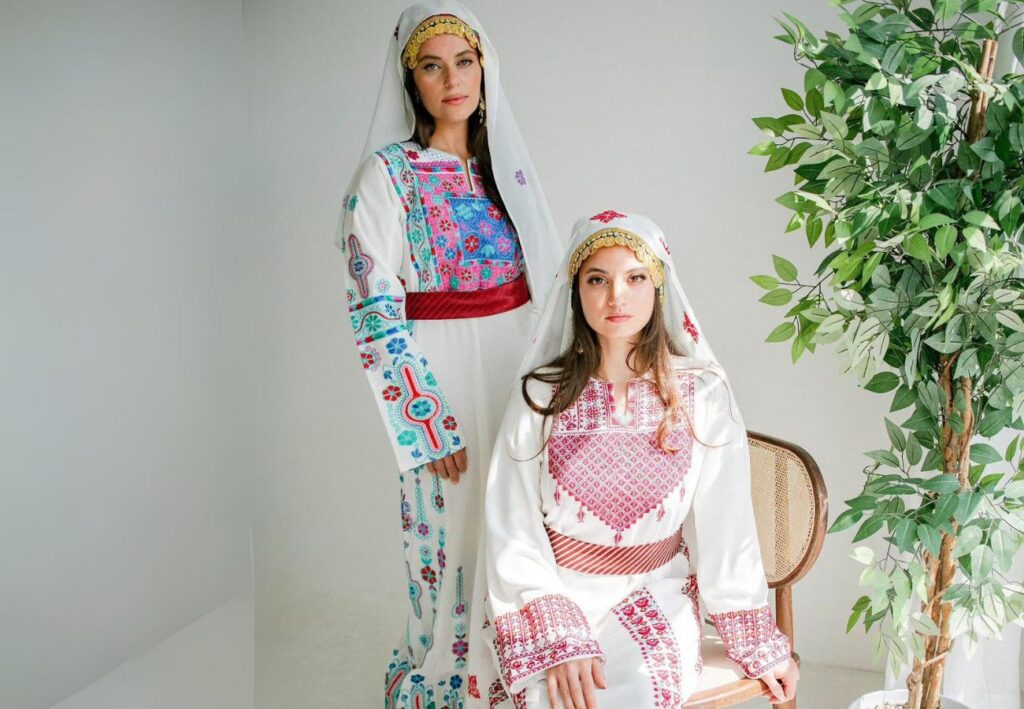
Decolonizing fashion is our small contribution to the large movement of decolonization happening in Palestine and around the world. Our traditional clothing was deemed uncivilized and hence stripped of its meaning and artistry. People wearing it were considered savages as the colonizer only recognized their own practices to be one’s worthy of admiration, we were indoctrinated to believe that Western fashion was the only way to look sophisticated and to be taken seriously. As we unlearn these harmful misconceptions, we have taken a path back to our ancestors. We have reverted to their practices of creating fashion and found that they are more sustainable, and inclusive, and hold so much depth, meaning, and purpose.
The women in the refugee camps are refugees because of colonization. They were forcibly removed from their homes in Palestine and forced into a cycle of poverty they could not break free from. Through our work with them, we can provide sustainable income to create self-reliance and help them pave a way out of collective punishment.
What inspired you to start this initiative of creating thobes made by Palestinian refugees in Jordan?
I was looking for the best embroiderers in Jordan and it so happened that they were in the camps. The women were using their skills to make ends meet. I was shocked to learn how little they get paid for their work and very disappointed to see how our heritage was being devalued. This led to a long-term and personal relationship with the embroiderers in the camps.
How does the brand that focuses on traditional embroidery challenge the perception that “Western-style” clothing is the only way to look fashionable and modern?
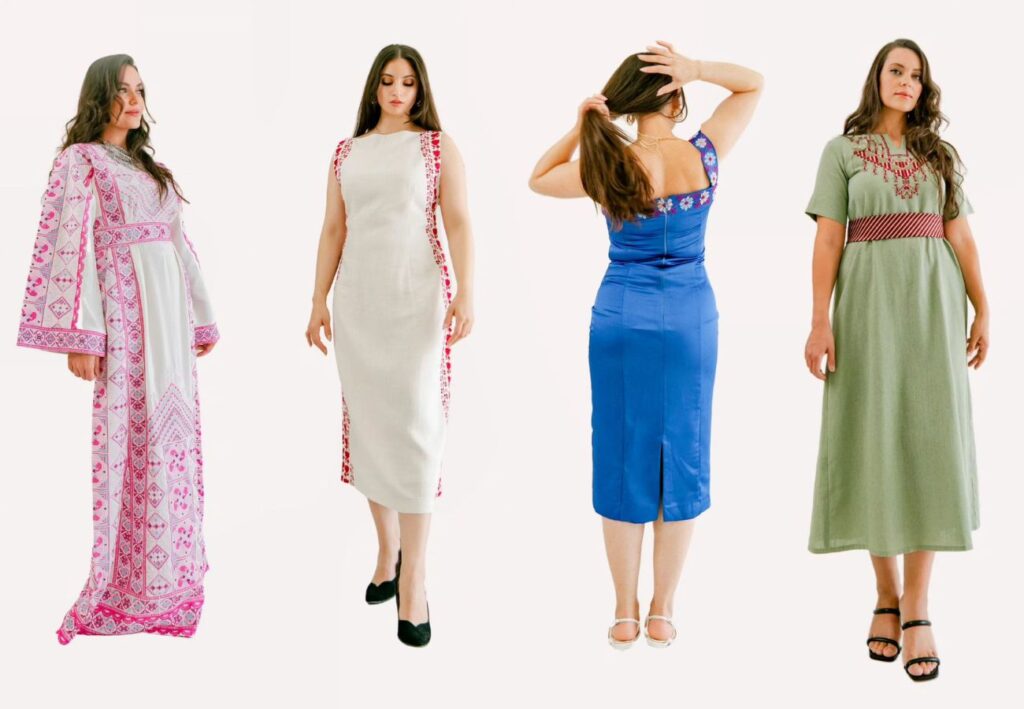
By highlighting the meaning, beauty, and intricacy of the art of Tatreez. When the customer knows the effort and time put into a piece as well as the meaning behind the motifs. By helping people see Tatreez for what it is. An intricate language and a priceless part of Palestinian culture.
Could you provide more details about the specific traditional embroidery techniques and cultural elements that are incorporated into your clothing, and how this helps in preserving cultural heritage?
We offer both traditional Palestinian thobes and modern clothing that incorporates Palestinian motifs in their designs. There are many practices that our Palestinian ancestors would use that we try to keep alive in our designs. From embroidery placements, motifs, and colors on the traditional thobes to symbolism.
For example, in some regions, women would embroider a blue band on the bottom of the thobes to rid the evil eye (especially for brides). In our Samar dress and Sama dress (intended for bridal events) we embroidered in blue and incorporated motifs that rid the evil eye like amulets.
What motivated Deerah to adopt a strong social responsibility stance in a sustainable slow fashion, and how has this commitment positively impacted the communities you work with?
As a Palestinian, I understand the importance of preserving our heritage in the face of systematic erasure. It was important to preserve our traditional clothing by protecting the artisans from financial exploitation. The art itself was at risk of extinction because the workers were not being properly compensated for their time. It was important to pay them fairly, so they are motivated to keep working in the field and hand their knowledge down to younger generations.
We do not like to inflate our number in terms of impact. We are a very small business, but we are proud to be able to impact 3-8 households with our orders depending on the season. One of those in Um Ahmed used all the money she was making from Tatreez to put her daughter through college. She wanted her to become an architect and not work in Tatareez as she viewed it as a profession, she wanted to protect her daughter from it. This was due to years of financial exploitation from the fashion industry. A year later, she told me her daughter had started helping her with our projects after her job, as she started seeing the financial benefits of working in the field.
What impact does this project have on the lives and livelihoods of Palestinian refugees in Jordan who are involved in making these thobes?
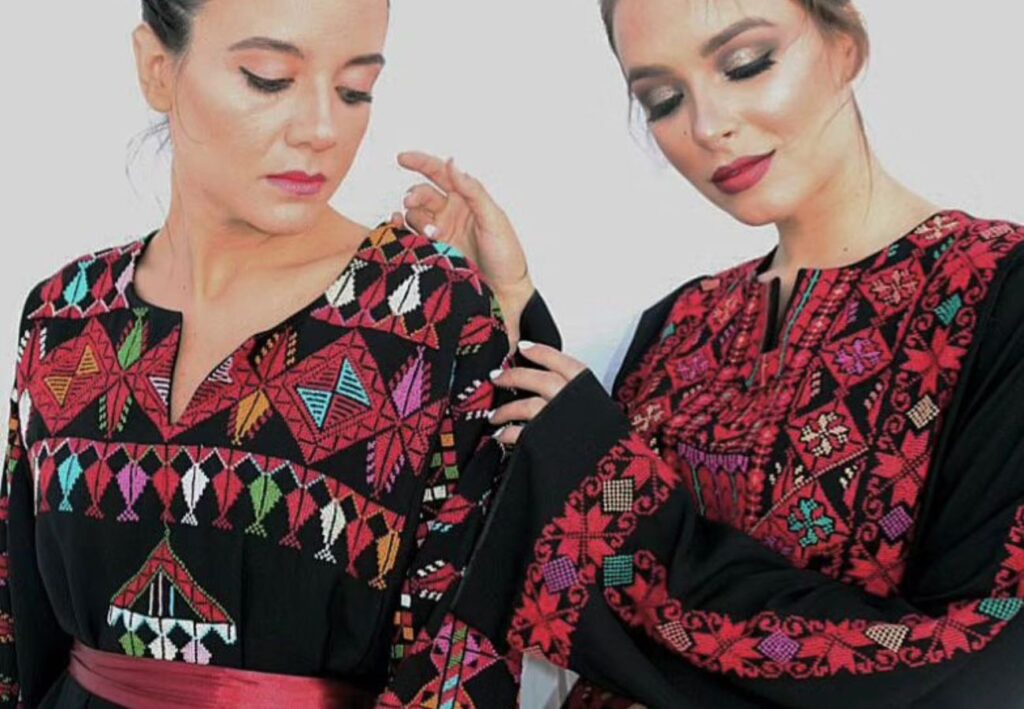
Giving them an opportunity for self-reliance and independence from humanitarian aid.
Are there any challenges or obstacles you’ve faced in the process of “decolonizing fashion” through these thobes, and how have you overcome them?
For years, Tatreez was undervalued so customers in the community were used to buying embroidery for less than it was worth. To buy a designer bag for thousands is done without question but to buy an intricate thobe that takes months to embroider and holds so much meaning requires bargaining. It was important to change the way Palestinian embroidery was marketed and to focus on bringing it up to the couture level, where it belongs.
What do you envision for the future of this project and its role in preserving and promoting Palestinian culture through fashion?
I see us continuing to bring people closer to their culture through embroidery by creating a medium for them to learn and connect to Palestine with Tatreez.



